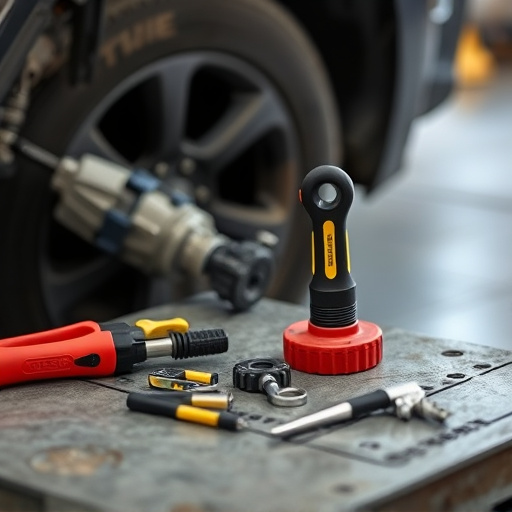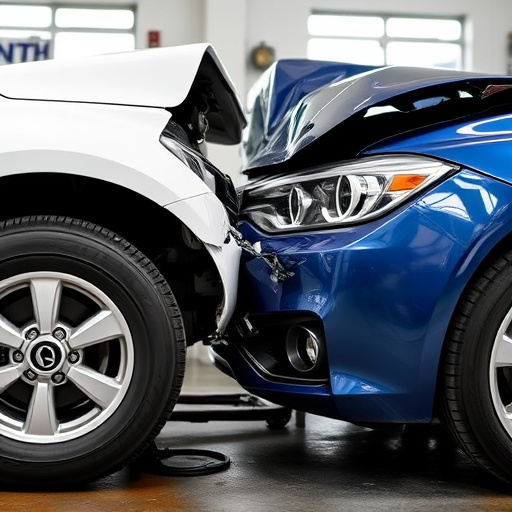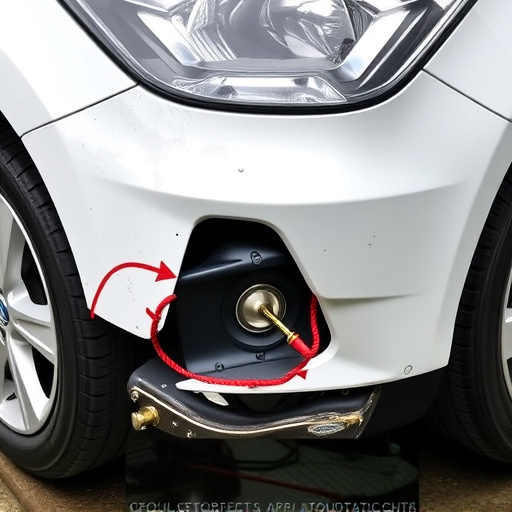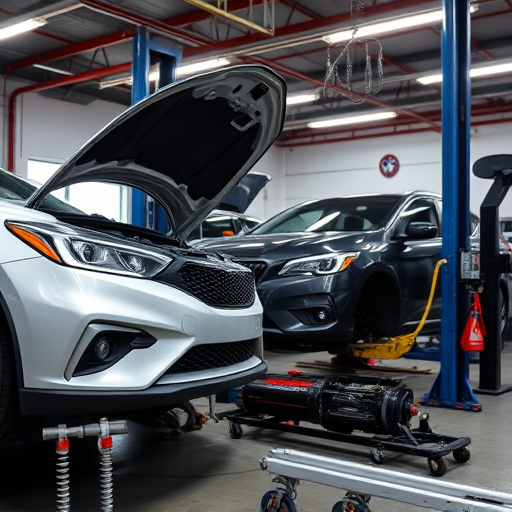Advancements in airbag testing protocols, driven by automotive tech, have drastically improved airbag safety certification. Modern simulations mimic real-world crash scenarios, and data analytics, combined with precise sensors, enable optimal airbag deployment. Strict ISO and GLB standards, coupled with rigorous testing, ensure airbags meet high safety criteria, enhancing vehicle occupant protection.
“Unveiling the latest innovations shaping airbag safety is paramount in today’s automotive landscape. This article explores how technological advancements are reshaping airbag safety certification, focusing on testing protocols and global standards. From the evolution of rigorous testing methods to the integration of sensor technology and data analysis, these breakthroughs ensure airbags provide optimal protection. We delve into the critical role of global standards in homogenizing airbag performance, ultimately enhancing passenger safety across diverse vehicle models.”
- Evolution of Airbag Testing Protocols
- Sensor Technology and Data Analysis
- Global Standards for Airbag Performance
Evolution of Airbag Testing Protocols
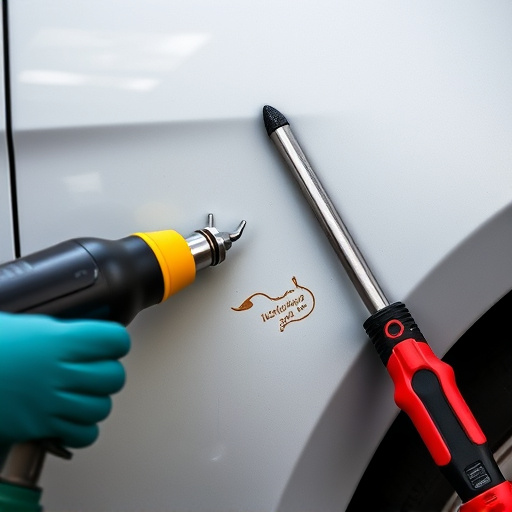
The evolution of airbag testing protocols is a testament to the relentless pursuit of enhanced airbag safety certification. Initially, tests were fairly straightforward, often involving firing projectiles at airbags to gauge their deployment speed and force. However, as automotive technology advanced, so did the complexity of these tests. Today, rigorous simulations that mimic real-world crash scenarios are employed, taking into account factors like impact angle, velocity, and occupant positioning. This shift towards more nuanced testing has been instrumental in refining airbag safety certification standards.
Moreover, with advancements in data analytics and sensor technology, manufacturers can now collect and analyze vast amounts of data during tests. This enables them to identify marginal improvements and fine-tune airbag deployment mechanisms, ensuring they meet the highest safety standards. For those seeking reliable auto repair near me or auto maintenance, understanding these technological leaps in airbag safety certification is not just academic; it highlights the ongoing commitment to protecting drivers and passengers on the road.
Sensor Technology and Data Analysis

The evolution of sensor technology has been a game-changer for airbag safety certification. Modern sensors are more advanced and precise than ever before, capable of detecting impact forces, acceleration, and pressure with remarkable accuracy. These sensors play a vital role in triggering airbag deployment at the right moment, ensuring maximum effectiveness and minimal risk to occupants. By collecting real-time data during collision events, sensors provide critical information that helps automotive body shop services and car repair shops calibrate and fine-tune airbag systems for optimal performance.
Data analysis is another key aspect of enhancing airbag safety certification. Advanced algorithms process the sensor data to predict and interpret collision scenarios, enabling faster decision-making. This not only improves deployment timing but also allows for personalized airbag settings based on various factors such as vehicle type, occupant size, and seating position. Through rigorous testing and analysis, automotive body shops can ensure that every airbag system meets stringent safety standards, providing peace of mind for drivers and passengers alike.
Global Standards for Airbag Performance
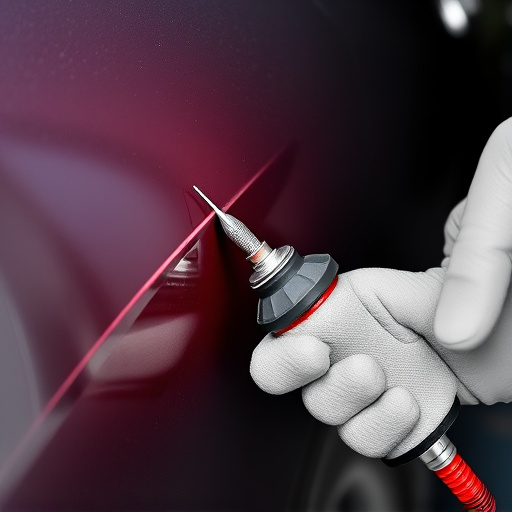
The global automotive industry operates under stringent standards to ensure vehicle safety, with airbag safety certification being a critical component. International Organization for Standardization (ISO) and Global Automotive Light Vehicle Testing Alliance (GLB) have set comprehensive guidelines for airbag performance, including rigorous testing protocols for deployment speed, force, and reliability in various collision scenarios. These standards mandate that airbags not only protect occupants during accidents but also minimize potential harm from the deployment process itself.
Airbag safety certification involves meticulous evaluation of both active and passive safety systems within vehicles. Collision repair services and reputable vehicle repair services often play a pivotal role in this process, ensuring that airbag mechanisms function flawlessly and conform to global standards. The integration of advanced technologies, such as sensors and impact-sensing mechanisms, further enhances airbag effectiveness while reducing the risk of secondary injuries during collisions, as emphasized by leading collision centers worldwide.
Technological advancements have significantly shaped the evolution of airbag safety certification, from enhanced testing protocols to innovative sensor technology and global standardization. By leveraging data analysis and cutting-edge sensors, manufacturers can ensure airbags provide optimal protection in various driving scenarios. Adhering to global standards guarantees that vehicles equipped with these life-saving devices meet consistent safety criteria, ultimately benefiting drivers worldwide.


